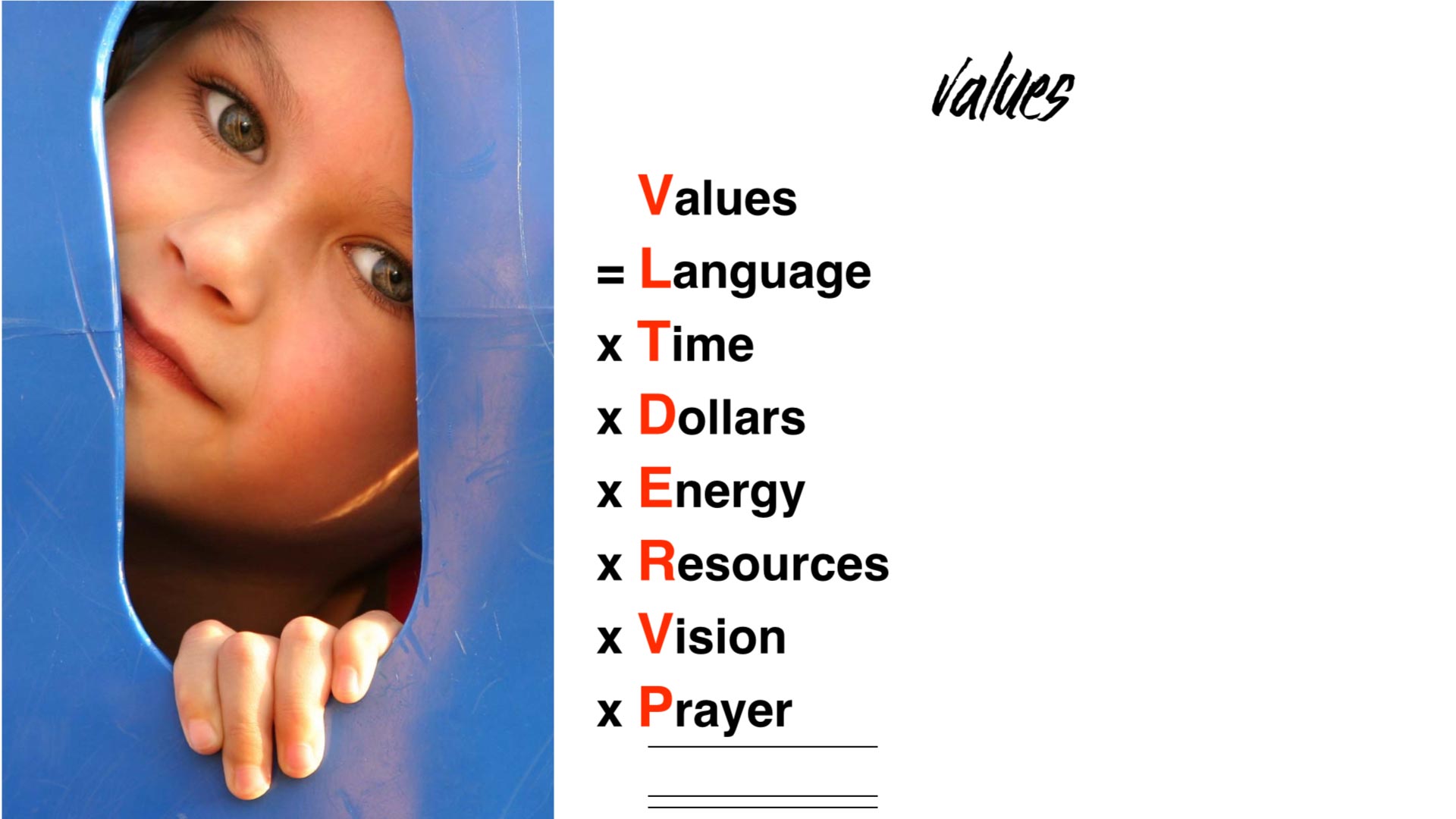1st 20 minutes
Are children engaged in the first 20 minutes of church or are they just waiting to leave?
This area of Midst is provided to challenge your thinking and practice IF, in your context, children are present in church for approximately the first 20 minutes before they ‘leave’ for their own programs.
How important is the faith community’s weekly celebration of worship?
If we believe a typical Sunday morning church service is a very important part of our expression of our belief and practice then the next question to ask is, “How important is it that children are participating in it and engaged by it for at least these first 20 minutes?”
And even though children may very well be present, do we merely hope they are getting the ‘vibe’ of what is going on? What is the ‘vibe’ they are experiencing? What is the ‘vibe’ we would love them to experience? Are we intentional about shaping the ‘vibe’ they are experiencing. Has anyone asked these questions recently and what are they saying or doing as a result?
If you and your children are in for the first part (or more) of a church service, keep reading. We explore whether or not we are achieving what we hope to achieve.
Keep exploring particularly if you observe the children in your midst are just waiting to leave. The danger is that we are teaching children to leave and they are learning that this space and place of corporate celebrations of worship is not for them!
explore
Midst is undergoing a major redevelopment.
The icons & topics below indicate the hope of links to come.
Some of the links below may be active but hopefully there is enough information shown to indicate the scope of the discussion and encourage further thought or research.
If you would like to follow anything up with us, feel free to use the link in the menu above to make contact.
1. Holding to clear vision, belief, principles, mission statement & values
The ‘vibe’ needs be caught and taught … and then caught and taught!
Each of these could be a section in themselves. Together they provide foundation and a direction for ministry & mission. It’s one thing to have them stated on a piece of paper somewhere or for a leader or leadership team to have come to grips with them. It’s another thing for a team to also know, understand, articulate and follow them for themselves. When this happens a team has ‘the vibe’.

The previous article talked about raising children at the feet of the culture we would love to see children adopt. Here the idea worth exploring has to do with what aspects of the culture we need to celebrate and hang on to and what aspects need to be dumped … sorry … let go, released, allowed to lapse.
It almost goes without saying that any cultural behaviours that aren’t Christian need to be challenged, addressed and changed. Practices that are oppressive, abusive, secretive, power-serving, exclusive, cliquy, prejudicial, misogynist … just reading this list it looks like the anti-list to the fruits of the Spirit. Let’s rewrite it as …
Let’s get rid of practices that don’t look and feel like the Jesus’ version of love, joy, peace, patience, goodness, kindness, gentleness, faithfulness and self control.
Let’s include other words like these that we could have been mentioned as ones we also struggle to exhibit on those occasions we would love to be living, talking and thinking more like Christ. Perhaps, for example, generousity, grace or mercy.
[blockQuote position=”center”]Culturally there are occasions where we sometimes need to change something to be more fruitful.[/blockQuote]
We can often consider different approaches to activities for the sake of children in our midst. We can adapt some practices and become more helpful in engaging children in the Word of God. All worth exploring.
Sometimes there are the rituals that fence people off from a more fruitful level of connection with God and response to God. Over the centuries the culture has been able to change away from excluding people from, say, The Eucharist. There was a time when only priests partook of the elements on behalf of the people. The people were literally ‘fenced off’ from the alter. The cultural change away from this took centuries to affect. Access to the Bible began to change because of new technologies such as the printing press. Other practices related to cultural beliefs and rituals have been challenged over the years and adaptions made. New understandings around social sciences, leadership and team dynamics have meant we function as a church differently. Women have much more access generally to clerical or organisational leadership. Culture changes.
Then there are the more deeply cultured, mundane practices like after-church cuppas, church meetings and church meals. Children aren’t well served by such events. They are often excluded from these or at least from the benefits of these. People who look forward to these events do so because there are spiritual, practical, emotional, sometimes educational and often social benefits. Advocates for other demographics such as disabled people, youth or new comers may have similar concerns that their demographic find it hard to benefit in these types of gatherings. If they don’t benefit in at least some small way, they probably won’t want to belong.
It is likely that such events have an unwritten, assumed bias towards its members. It may have approaches that serve its members rather than the outsider. Such events are worth looking at more closely. These are events that could allow for a greater flow of benefits to everyone, especially children, but are often not up for discussion because, “This is the way we have always done it!”
Two stories.
A particularly grouchy woman was in charge of the window where children came for their biscuits and drink. The culture of the place dictated that this window wasn’t the same window the adults came to for hot drinks. Children were handed drinks and reprimanded if they grabbed too many biscuits. What’s wrong with this picture?
In a different church, the culture of church meals generally happened with a ‘help yourself’ arrangement. The people standing around the table chatting and eating often became a barrier to others trying to get a bit of food. But this is the way we have always done it! And so what is wrong with this picture?
Education, practice, discipline, gentleness, respect, fairness and safety management are all issues needing to be addressed in bringing about change in each of the above situations. All possible! Hard work, but possible.
Here’s an example of a church meeting that wanted to include children and youth. A small church was beginning to talk about vision and future directions and started by sharing stories, affirming what it was we saw God already doing amongst us. The temptation was to press play on a DVD in the other room for children. However, taking the time to involve children in quiet conversation, drawing pictures and colouring in words meant they were able to contribute in a small way that was appropriate to their ages.
What was needed was:
- an advocate for a disenfranchised group of people,
- a dissatisfaction with an aspect of the current culture, and
- permission to give something small a go.
Not all attempts are successful and the expression ‘failing forward’ springs to mind. Pop those two words into your web search engine.
Champions, pioneers, thinkers, theologians, prophets, prayer intercessors are all required in getting new directions right. Celebrate the opportunity to review your culture. Celebrate all that is Godly, good and helpful. Ask questions about not only what you do but the way you do them in order to benefit more people
[phildup55/Phillip Day © midst.com.au This article is FreeShare. Part or all of the text may be used provided it is not for profit and provided it carries this complete, square-bracketed tag.]
How do we know we really value something? Click here and give each a score out of 10. If any of them are ‘zero’, what do you get?

Reference
We gratefully acknowledge the following sources.
n/a

Notes
Further notes related to this article.
- Author: phildup55
- Post date: 18/11/2014
- Edited: pending
- Please respect the rights of the author and creator by sharing any content ethically, honestly and responsibly. You may use it freely but only for not-for profit purposes. You may only use it it by crediting content to Phillip Day © midst.com.au as per the square-bracketed tag line at the end of the article above . The complete tag must be included in your publications either printed or electronic.For any other purposes, please contact Phillip Day using the contact facilities of this website.Thank you.


Help make a difference …
What have you seen or heard of or tried?
Do you have a story or an idea to share with others so we all benefit? It must be strictly related to the theme and content of this page.
If so, please check the other stories and ideas and add your contribution here>

Help for you
Presentations, training & consultancies
Working with you to help get the direction right for your context …
‘Presentations’ for a variety of contexts helps to not only communicate a message but to also demonstrate many of the principles of ministry with children and families.
‘Consultancy’ helps you to see if a review is needed. This will identify and affirm that which is effective and helpful as well as show up areas that need adjustment or change.
‘Training’ helps leadership, workers &/or parents to gain the fresh insights or motivation to implement more effective faith forming approaches.Find help here>

Reference
We gratefully acknowledge the following sources.
n/a




